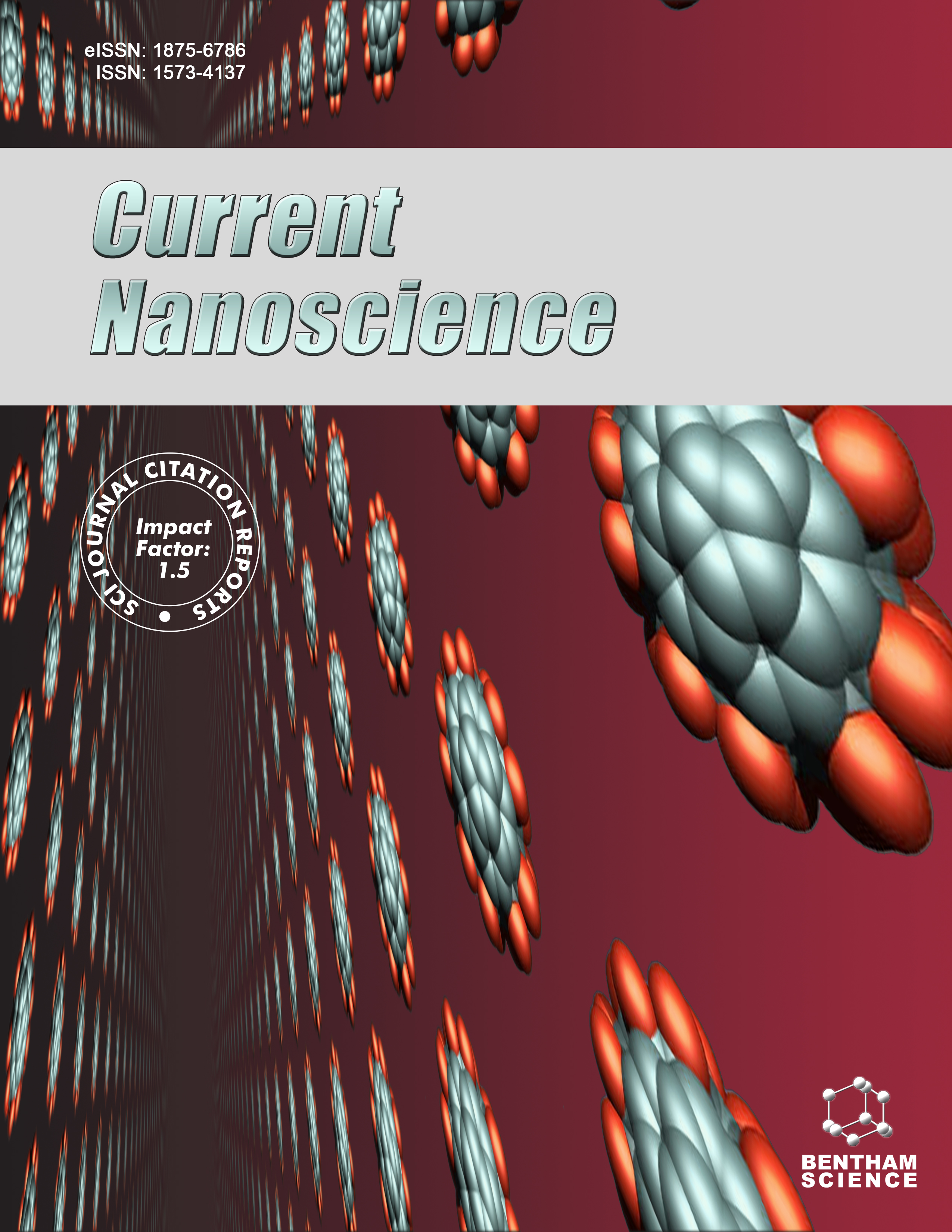
Full text loading...
We use cookies to track usage and preferences.I Understand
Nanoparticles derived from copper (Cu), zinc (Zn), and silver (Ag) have bactericidal activities, are biocompatible, and are malleable to different structural designs/shapes, making them attractive as antibacterial agents. The development of new antibacterial agents is particularly important because the emergence of multidrug-resistant (MDR) bacteria driven by overuse, misuse, and abuse of antibiotics has become a global problem. Drug resistance results in higher mortality and morbidity, increase in treatment cost, and longer hospital stays. Unfortunately, over the past three decades, the lack of adequate investments in developing new drugs to replace current and ineffective ones has compounded the problem. This review provides a comprehensive insight into the investigation of nanoparticles derived from Cu, Zn, and Ag as antibacterial agents, especially when combined with antibiotics. It provides mechanistic details about the activities of the nanoparticles and their limited structure-activity relationships. In addition, the effect of doping and its impact on the antibacterial activity of the nanomaterials is discussed, as well as the nanoparticles’ ability to inhibit or reduce bacterial growth on surfaces and prevent the development of antibiotic resistance by biofilms.

Article metrics loading...

Full text loading...
References


Data & Media loading...

